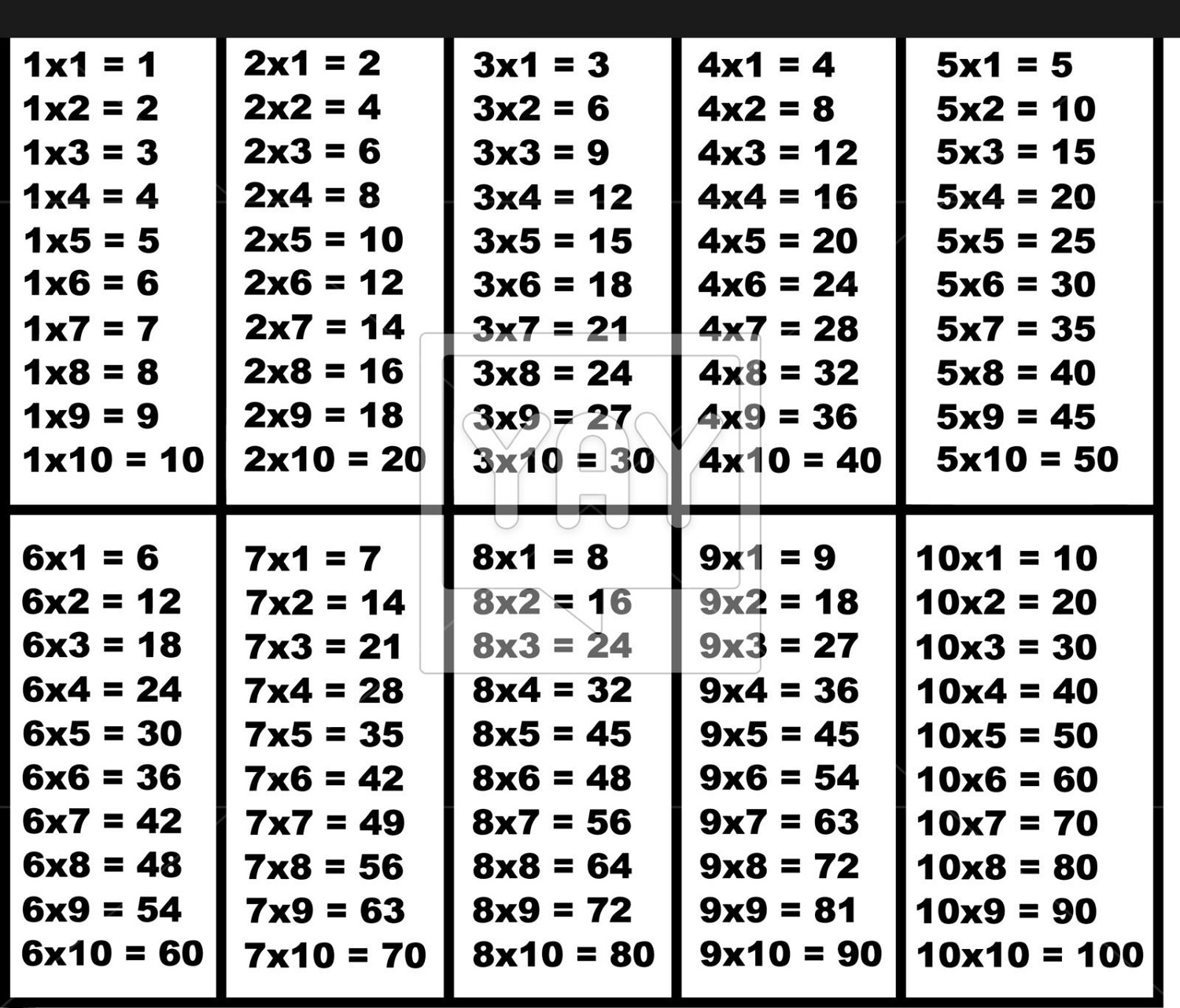

This year’s (2017) Key Stage 2 results showed our curriculum reforms are starting to raise standards and it is vital we have an assessment system that supports that.'Ĭhildren will be tested using an on-screen check (on a computer or a tablet), where they will have to answer multiplication questions against the clock.Ĭalculators and wall displays that could provide children with answers will be removed from the room the MTC is taking place in. The purpose of the MTC is to determine whether Y4 pupils can recall their multiplication tables fluently (being able to answer times tables questions accurately and quickly, without having to work out the answers).Īnnouncing the tests in 2017, the then education secretary Justine Greening said, 'A good primary education lays the foundations for success at secondary school and beyond. The DfE says that the check is part of a new focus on mastering numeracy, giving children the skills and knowledge they need for secondary school and beyond. Under the current National Curriculum, children are supposed to know their times tables by the end of Year 4, but they are not formally tested on them other than through multiplication questions in the Year 6 maths SATs. If you have further questions, please contact your child’s class teacher in the first instance.Primary-school children are expected to know all their times tables up to 12x12. We will also use this practice period to work out whether children need any additional and reasonable adjustments made such as changing the font size or background colour. We will practice with the children in school in order to help prepare them for the check and to get them use to recording on the appropriate device. In primary school, times tables knowledge is vital for quick mental maths calculations and problem-solving, as well as for many of the topics children learn in years 5 and 6 (division, fractions, percentages).Īttached is a booklet for parents which will be useful with further information.

Singing times tables songs (there are lots online).These programmes do replicate what the Times Table check will look like. Multiplication Tables Check – Mathsframe : Using apps and games such as Times Table Rockstars,.Reciting times tables by rote (4 times 1 is 4, 4 times 2 is 8, etc).Asking questions such as “What’s 7 x 8?”.
#Times tables multiplication check full#
Practise at Home: Because maths is such a big subject, (we will of course continue to teach the full curriculum), we will however need your continued support to help practise the times tables with your child/children. The Government has called it a “check” rather than a “test” or “exam” for a reason. I am sure that along with you, we do not want our students worried or stressed about the check. The results are for the teachers to use, so we can provide an even better education! Last year, the results of the test were not published publicly. The school will receive your child’s results in July and will send these home with their summer report. There is a focus on the 6, 7-, 8-, 9- and 12-times tables as these are deemed to be the more difficult multiplication facts. The DfE defines how much each multiplication table can be used in the grid shown above. In the Multiplication Test Check, some of the multiplication tables will be used more frequently than others. However, there is a guide on how many minimum and maximum questions will be asked on each times table. Each multiplication test is generated randomly so that no two pupils will take the same test.There’s no problem-solving or division just simple “3 x 4 = ?” type questions.There will be a three-second pause after each question. It will feature 25 questions and children will have 6 seconds to answer each question.It can be done one student at a time, in groups or as a class.This is done online using a computer or tablet.The check itself: will take place in the summer term in June. Children will be tested on times tables up to 12 x 12. The focus is on quick recall also known as fluency. Under the national curriculum primary school children are expected to know their 12 times tables by the end of Year 4. If you were unable to attend the meeting on the 21st April here is a summary of what you need to know: Last year, Moulsham Junior School took part in the pilot test.

You may be aware that this June 2022, there is a new statutory test for year 4 children called the “Multiplication Tables Check”.


 0 kommentar(er)
0 kommentar(er)
